Are you ready to fall in love with one of the tiniest, speediest, and most adorable pets on the planet? Roborovski dwarf hamsters, affectionately called “Robos,” have stolen the hearts of hamster lovers everywhere. With their endless energy, comical antics, and irresistibly cute faces, Robos are like little athletes in fur coats. But don’t be fooled by their small size—these pocket-sized powerhouses come with big personalities and some surprising quirks. Whether you’re a seasoned hamster parent or just thinking about bringing home your first Robo, there’s a lot to learn about these fascinating creatures. Get comfy, because we’re about to dive deep into the world of Roborovski dwarf hamsters—and you just might find yourself grinning like a hamster with a fresh wheel.
What Makes Roborovski Dwarf Hamsters Unique?
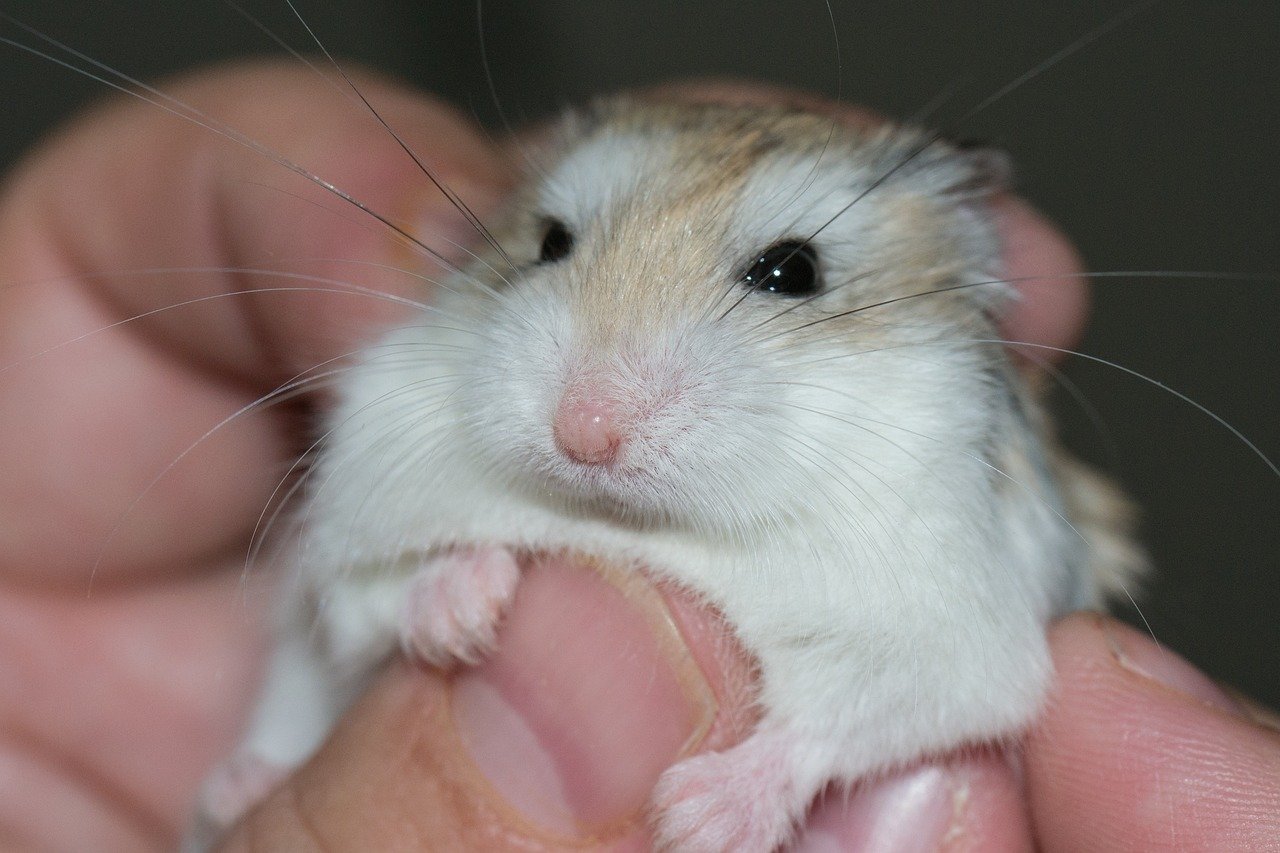
Tiny, swift, and undeniably adorable, Roborovski dwarf hamsters—often called “Robos”—are a favorite among small pet enthusiasts. Known for their boundless energy and endearing personalities, these pint-sized pets pack a lot of charm into their miniature frames. But before you bring one home, it’s important to understand their unique care needs, behaviors, and habitat preferences.
Roborovski dwarf hamsters are truly in a league of their own. Measuring just about two inches long when fully grown, these tiny furballs are the smallest of all pet hamsters. Their petite size makes them look almost like living, breathing plush toys. But what really sets them apart is their boundless speed and agility. Watching a Robo zip around its enclosure is like watching a miniature racecar—blink and you’ll miss them! Unlike some other hamster breeds, Robos are less likely to bite and are generally quite gentle. However, their lightning-fast movements can make them tricky to handle. If you’re looking for a pet that’s full of surprises and always on the move, a Roborovski dwarf hamster might just be your perfect match.
Origins and Natural Habitat
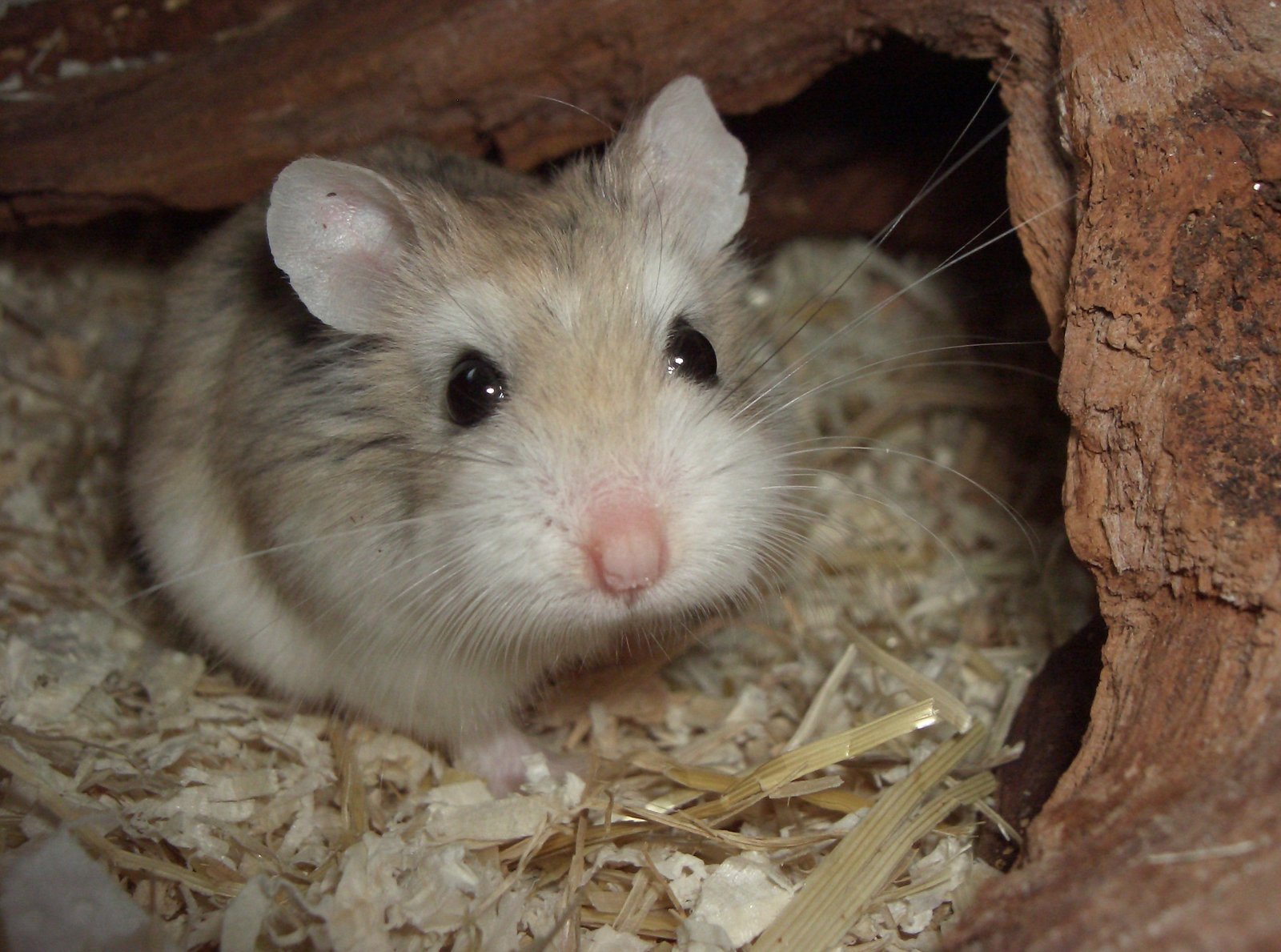
Roborovski dwarf hamsters hail from the vast deserts and steppes of Central Asia, including Mongolia, northern China, and Kazakhstan. In the wild, they spend their days burrowing beneath the sandy soil to escape the scorching sun and predators. These little adventurers are born survivors, adapted to harsh, dry climates where water is scarce and food can be hard to find. Their natural habitat is made up of sparse vegetation, rocky outcrops, and endless stretches of sand. This background helps explain why they’re so quick and agile—they’ve evolved to dash away from danger at a moment’s notice. Even in captivity, Robos retain some of these wild instincts, which adds to their charm and keeps things interesting for their human companions.
Physical Appearance and Distinctive Features
One look at a Roborovski dwarf hamster, and you’ll notice their signature features right away. They have round, chubby bodies covered in soft, sandy-colored fur that often has a subtle golden glow. Their tiny white eyebrows give them a perpetually surprised—and totally endearing—expression. Unlike some other hamsters, Robos don’t have a visible tail; instead, it’s hidden beneath their thick fur. Their feet are furred as well, which helps protect them from the hot desert sand in their native habitat. Some Robos have a white face, known as the “white-faced” variety, which only adds to their cuteness factor. Their big, black eyes are always alert, and their tiny ears perk up at the slightest sound, making them look like they’re ready for action at any second.
Personality and Temperament
If you’re hoping for a cuddly lap pet, Roborovski dwarf hamsters might surprise you. These little dynamos are known for their shyness and independent streak. They’re not aggressive, but they do prefer to keep their distance from human hands. Instead of snuggling, they love to explore, dig, and play in their habitat. Their high energy means they’re almost always on the go, especially at night. Watching a Robo hamster run on its wheel or dart through tunnels can be hilarious and heartwarming at the same time. While they might not crave attention, with patience and gentle handling, some Robos can become more comfortable with their owners. Their unique mix of curiosity and caution makes every interaction a tiny adventure.
Lifespan and Health Considerations
Roborovski dwarf hamsters are relatively sturdy for their size, with an average lifespan of two to three years. Some lucky individuals may even reach four years with excellent care. Because of their small size, they can be prone to injuries if dropped or mishandled, so gentle care is a must. Robos are generally healthy, but like all hamsters, they are susceptible to respiratory infections, wet tail, and certain skin conditions. Keeping their living environment clean and stress-free is the best way to protect their health. It’s also important to watch for signs of illness, like lethargy, weight loss, or changes in behavior, as Robos tend to hide symptoms until they’re quite sick. Regular check-ups with an exotic pet vet can help ensure your Robo stays in top shape.
Choosing the Right Cage and Accessories
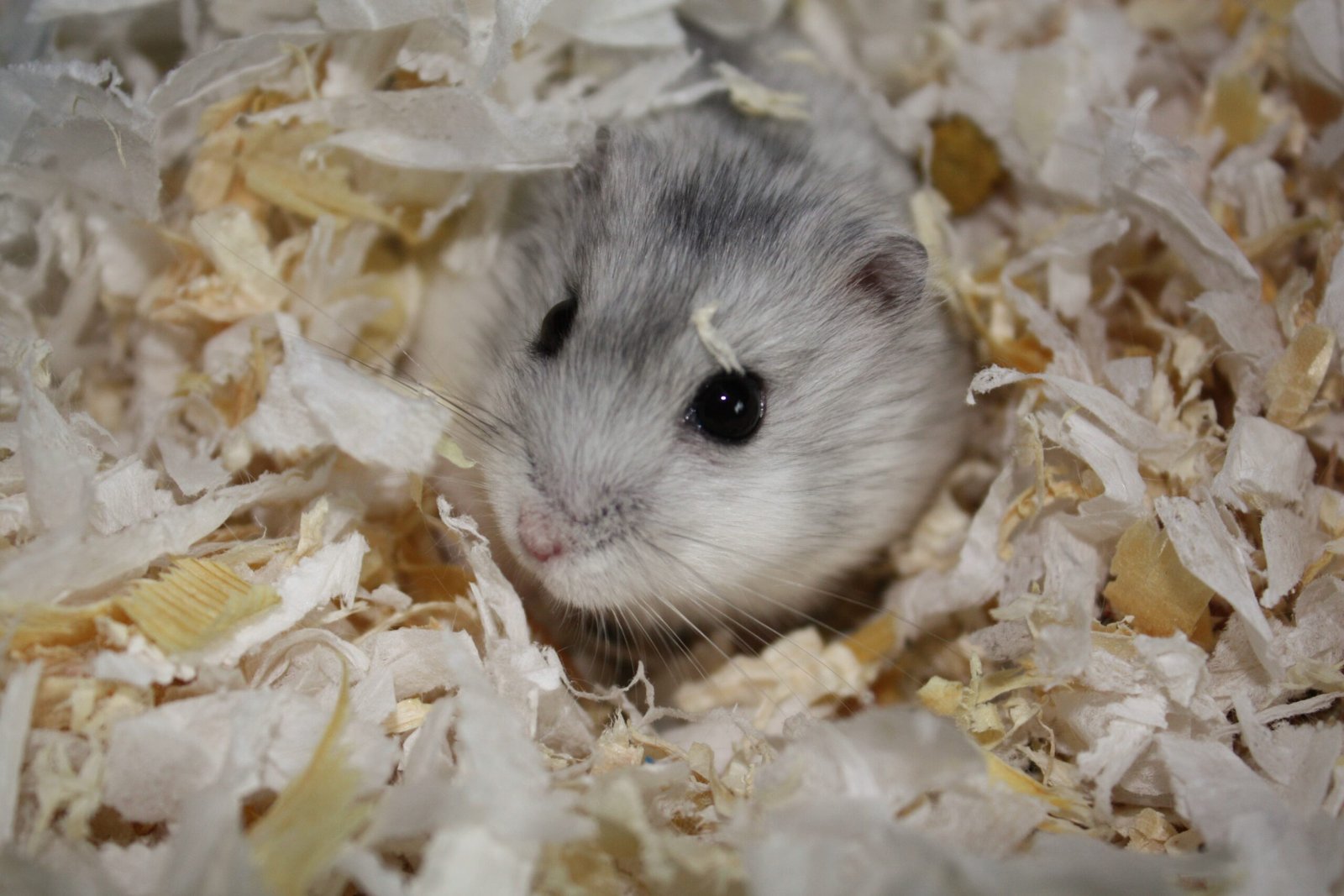
Setting up a home for a Roborovski dwarf hamster is both fun and important. Because these hamsters are escape artists, choose a cage with narrow bar spacing—no more than 0.25 inches apart—to prevent sneaky escapes. A glass aquarium with a secure mesh lid can also work well. Robos love to run, so a cage with plenty of floor space and multiple levels will keep them entertained. Add a solid-surface exercise wheel (at least 6 inches in diameter—no wires, to protect tiny feet), tunnels, hideouts, and plenty of chew toys to keep boredom at bay. Substrate should be soft and deep for digging, like aspen shavings or paper bedding. Avoid cedar or pine, as their oils can harm your hamster’s sensitive respiratory system. A well-equipped cage is like an amusement park for your Robo!
Diet and Nutrition Needs
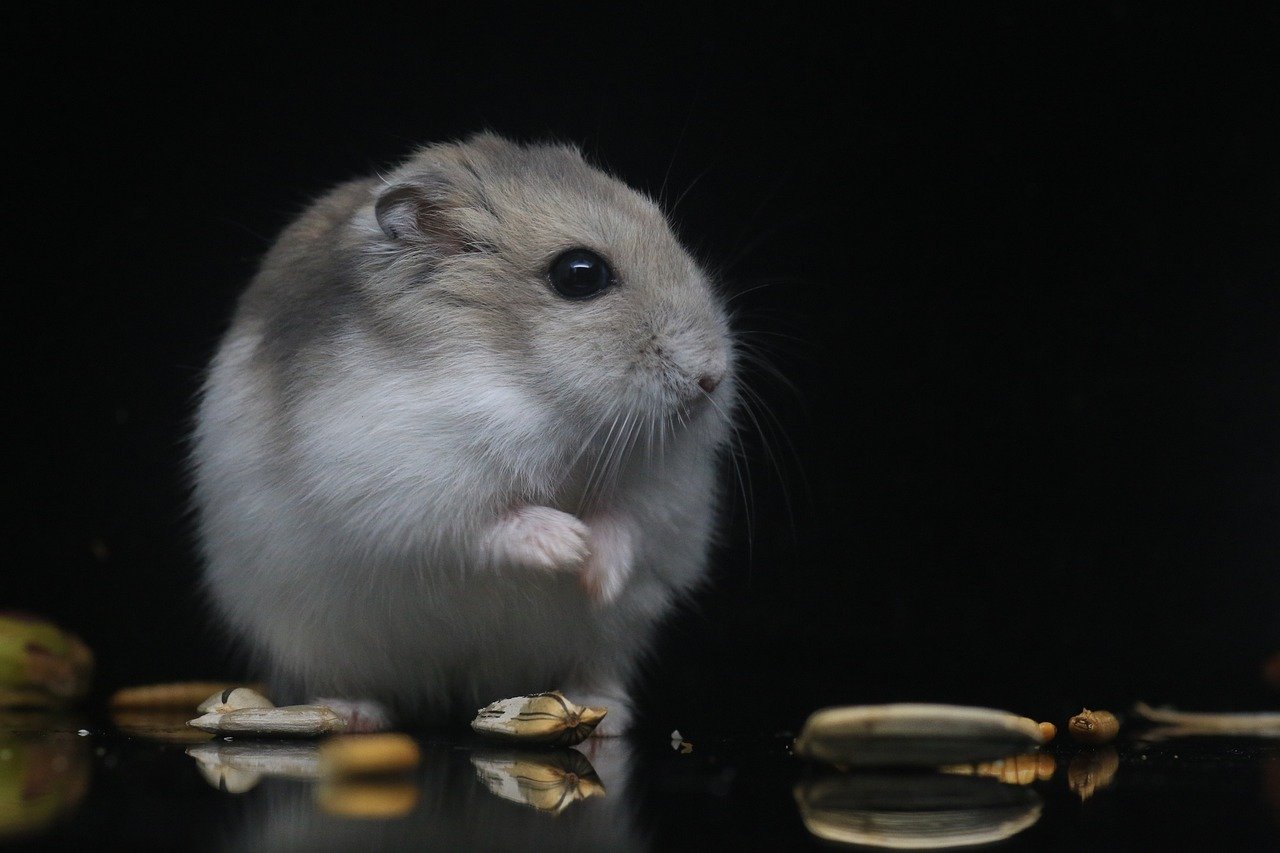
Roborovski dwarf hamsters need a balanced diet to stay healthy and happy. Their staple food should be a high-quality hamster pellet or seed mix, designed specifically for dwarfs. Add in small amounts of fresh vegetables like cucumber, bell pepper, or carrot for variety, but avoid citrus fruits, onions, and anything spicy. Fresh fruits can be offered sparingly as treats, since too much sugar isn’t good for these little guys. Always provide fresh, clean water—preferably in a bottle with a metal spout to keep things tidy. Occasionally, offer a tiny piece of boiled egg, mealworm, or plain chicken for extra protein. Think of their diet like building a colorful salad: the more variety (in safe foods), the better!
Handling and Taming Tips
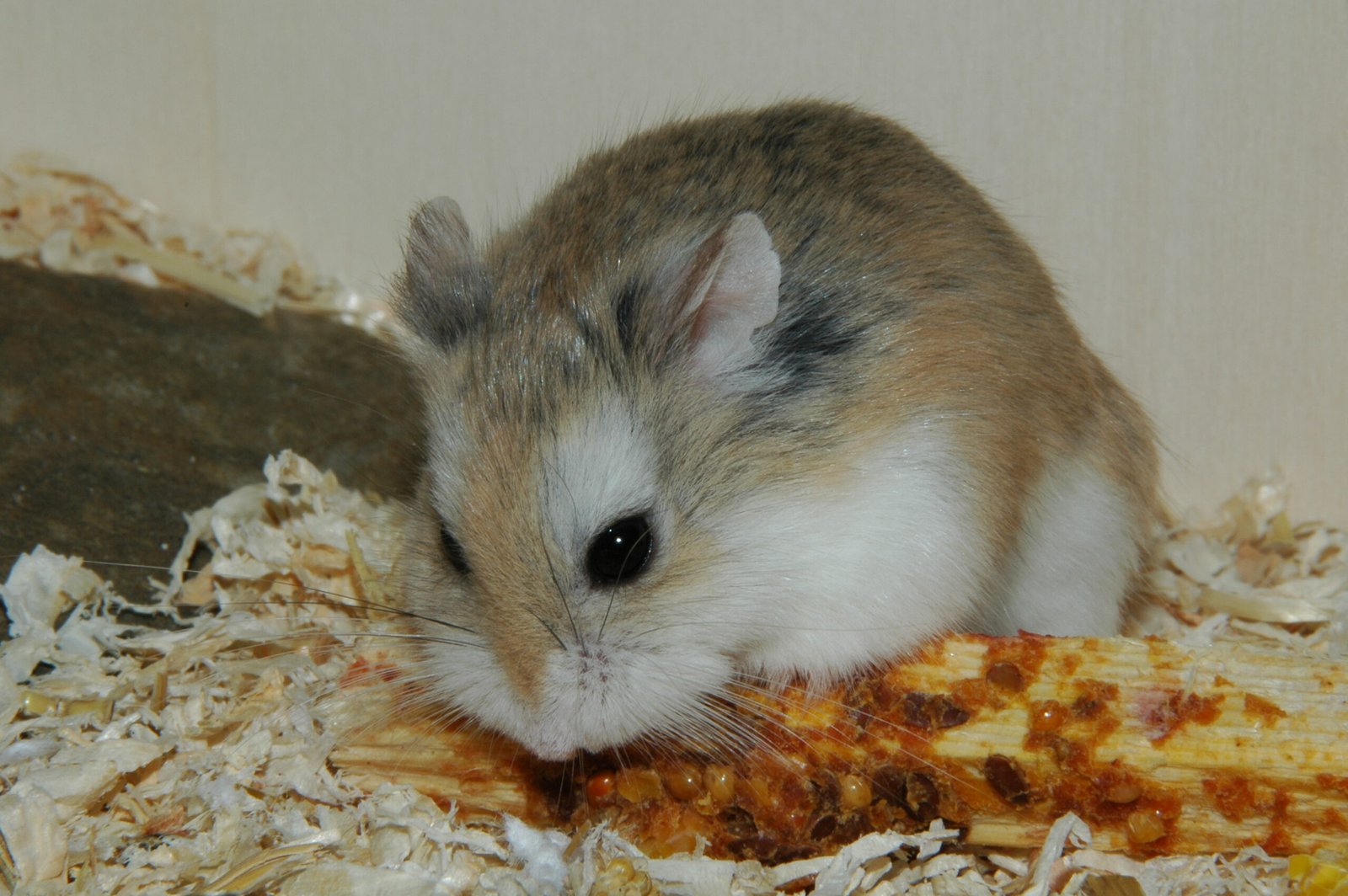
Taming a Roborovski dwarf hamster takes patience and a gentle touch. Start by letting your hamster get used to your presence—sit near their cage and talk softly so they get familiar with your voice. Offer treats from your hand, but don’t rush to pick them up. Once your Robo seems comfortable, try scooping them up with both hands or guiding them into a small cup. Never grab from above, as this can scare them. Keep all handling close to the floor, just in case your speedy friend makes a sudden leap. Remember, some Robos may never enjoy being held, and that’s okay! The real joy is in watching their playful antics and getting to know their one-of-a-kind personalities from a safe distance.
Social Needs: Should You Keep Them Alone or in Pairs?
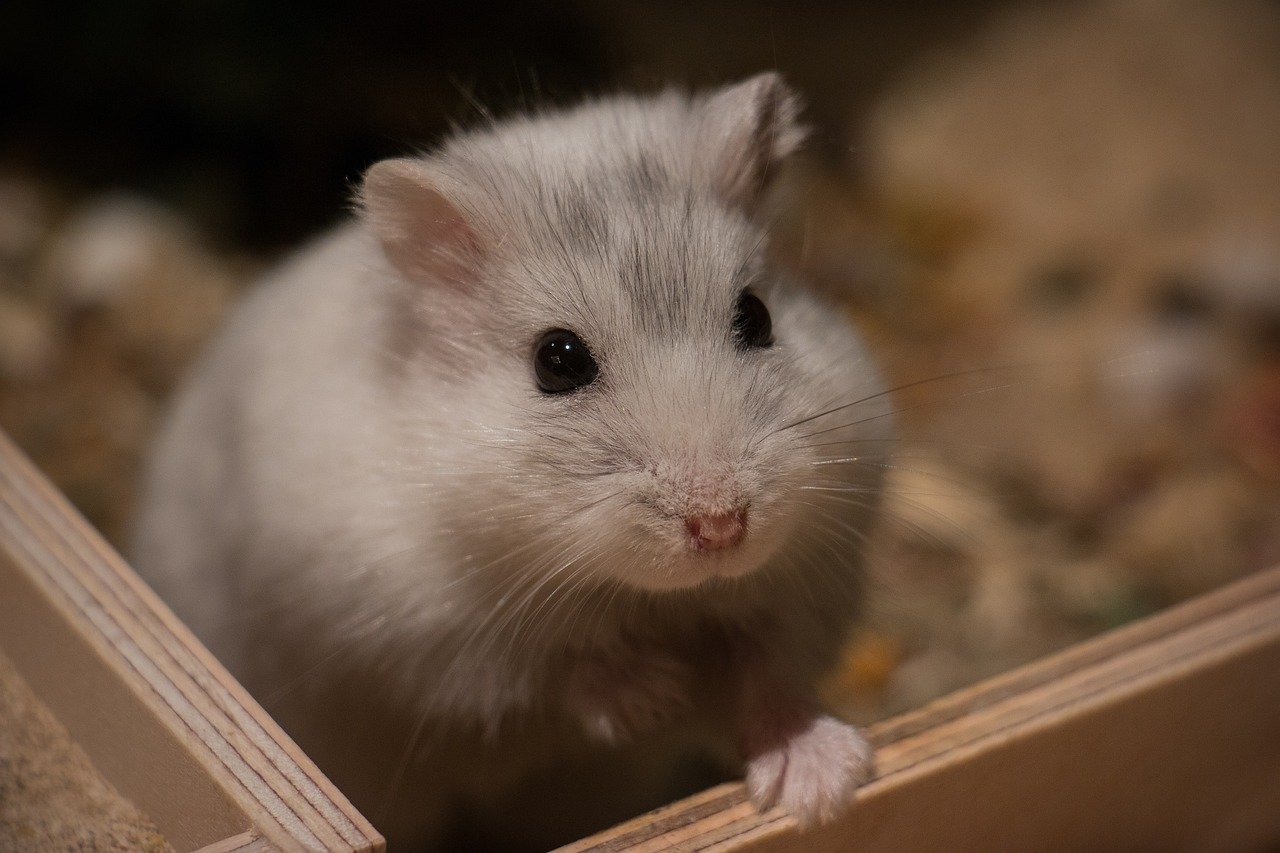
Roborovski dwarf hamsters are unique when it comes to social behavior. Unlike Syrian hamsters, which must live alone, Robos can sometimes be kept in same-sex pairs or small groups—if introduced at a young age and provided with plenty of space. However, even Robos can become territorial, leading to squabbles or even serious fights if things get tense. It’s important to watch them closely for any signs of aggression, such as chasing, biting, or squeaking. If you notice fighting, be ready to separate them into individual cages. Always provide multiple hiding spots, wheels, and food dishes to minimize competition. Think of Robos as roommates: sometimes it works out great, but sometimes everyone just needs their own space.
Common Health Issues and How to Prevent Them
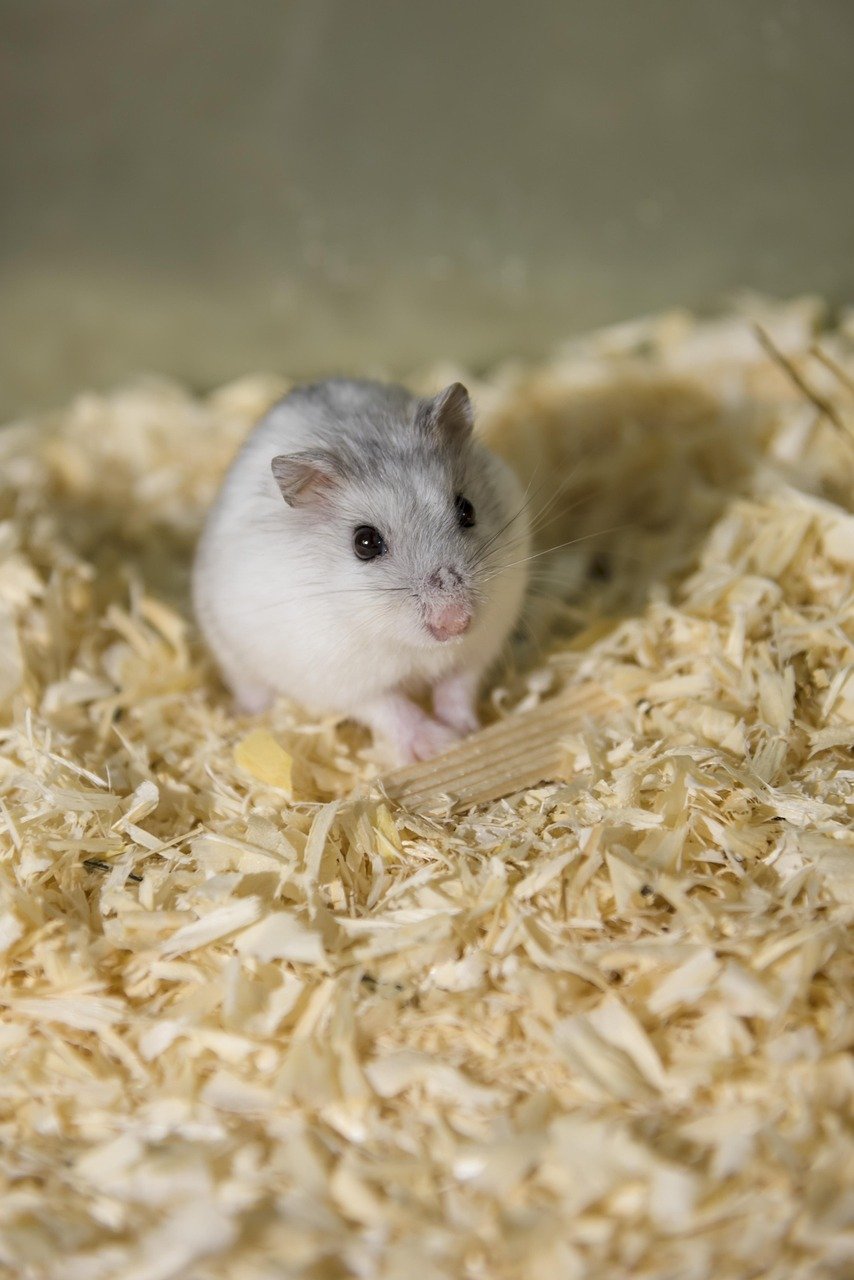
Like all pets, Roborovski dwarf hamsters can face health challenges. The most common issues include respiratory infections, wet tail (a serious gut infection), and dental problems. Stress, dirty cages, or poor diet can make these problems worse. To keep your Robo healthy, clean their habitat regularly, provide a nutritious diet, and avoid sudden changes in their environment. Check their teeth often—hamster teeth never stop growing, so plenty of chew toys are essential. If you spot any signs of illness, like sneezing, runny nose, or diarrhea, get your hamster to a vet who specializes in small animals right away. Early intervention can make all the difference with these tiny pets.
Daily Care and Enrichment Ideas
Caring for a Roborovski dwarf hamster isn’t just about feeding and cleaning—it’s about enriching their lives, too. Provide new toys or rearrange their cage layout every week or two to keep things interesting. Offer cardboard tubes, wooden blocks, and small tunnels for exploring. Scatter-feed treats or hide food in the bedding to encourage natural foraging behaviors. Some hamsters love sand baths, which help keep their fur clean and soft—just use chinchilla sand, not dust. Spend time observing your Robo’s quirky routines and you’ll soon discover their favorite spots and games. The more you interact (on their terms), the more confident and happy your hamster will become.
Fun Facts and Surprising Behaviors

Did you know that Roborovski dwarf hamsters can run up to six miles a night on their wheels? That’s like you running a marathon every evening! These nocturnal critters are most active after dark, making them the perfect companions for night owls. Robos also have a hilarious habit of “popcorning”—suddenly jumping straight up in the air when excited. Their tiny feet let them move almost silently, so sometimes you’ll just see a blur racing by. Unlike larger hamsters, Robos are less likely to hoard food, but you might still find a stash hidden under their bedding. Their quick reflexes and playful personalities make every day with a Robo full of surprises and laughter.
Deciding to welcome a Roborovski dwarf hamster into your home is a big (and exciting) decision. Robos are perfect for people who love to watch animals rather than handle them constantly. Their small size and energetic antics make them endlessly entertaining, but they do require careful attention to their environment and health. If you’re patient, gentle, and willing to put in the time to create a safe, stimulating habitat, a Robo can be a delightful addition to your family. Just remember—they may be small, but their personalities are huge. Are you ready to be enchanted by one of nature’s tiniest wonders?

Esther is from India; the heartbeat of South Asia, holding a Master’s degree in Zoology and a postgraduate diploma in Animal Welfare. Her enthusiasm for animal welfare drives her passion and dedication to working for animals, ensuring their well-being, and advocating for their rights. With a solid academic background and hands-on experience, she is committed to making a positive impact in the field of animal welfare. In her free time, she enjoys embroidery and sewing. As a Chennaite from Tamil Nadu, Esther loves Bharathanatyam, an Indian classical dance form.





